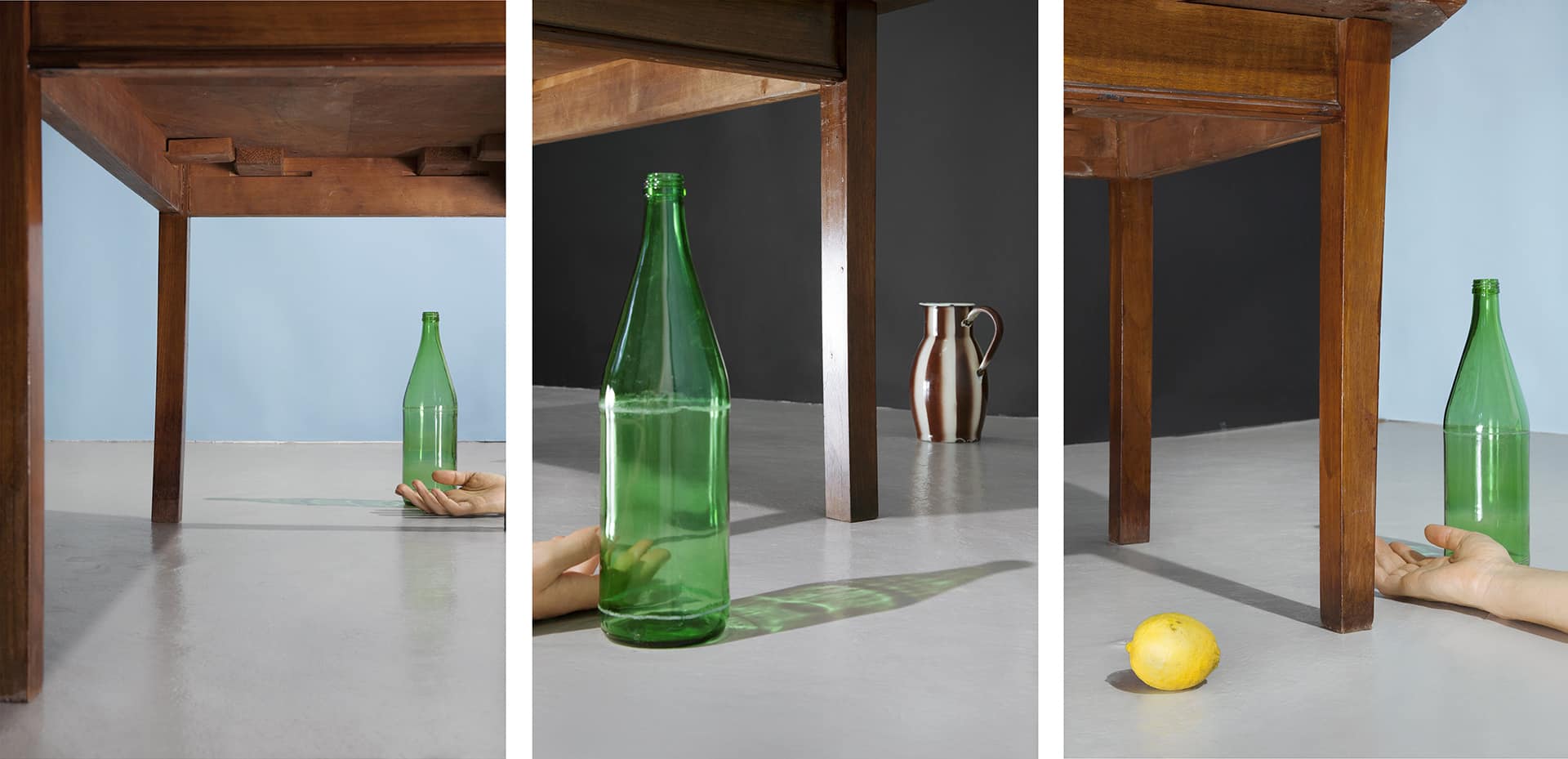Thanks to a special device, Barbara Probst creates mosaics from photographs of a single moment captured using multiple cameras. Her thought-provoking work is now on display at the BAL in Paris.

You’re getting blind.
Don’t miss the best of visual arts. Subscribe for $9 per month or $108 $90 per year.
Already suscribed ?



